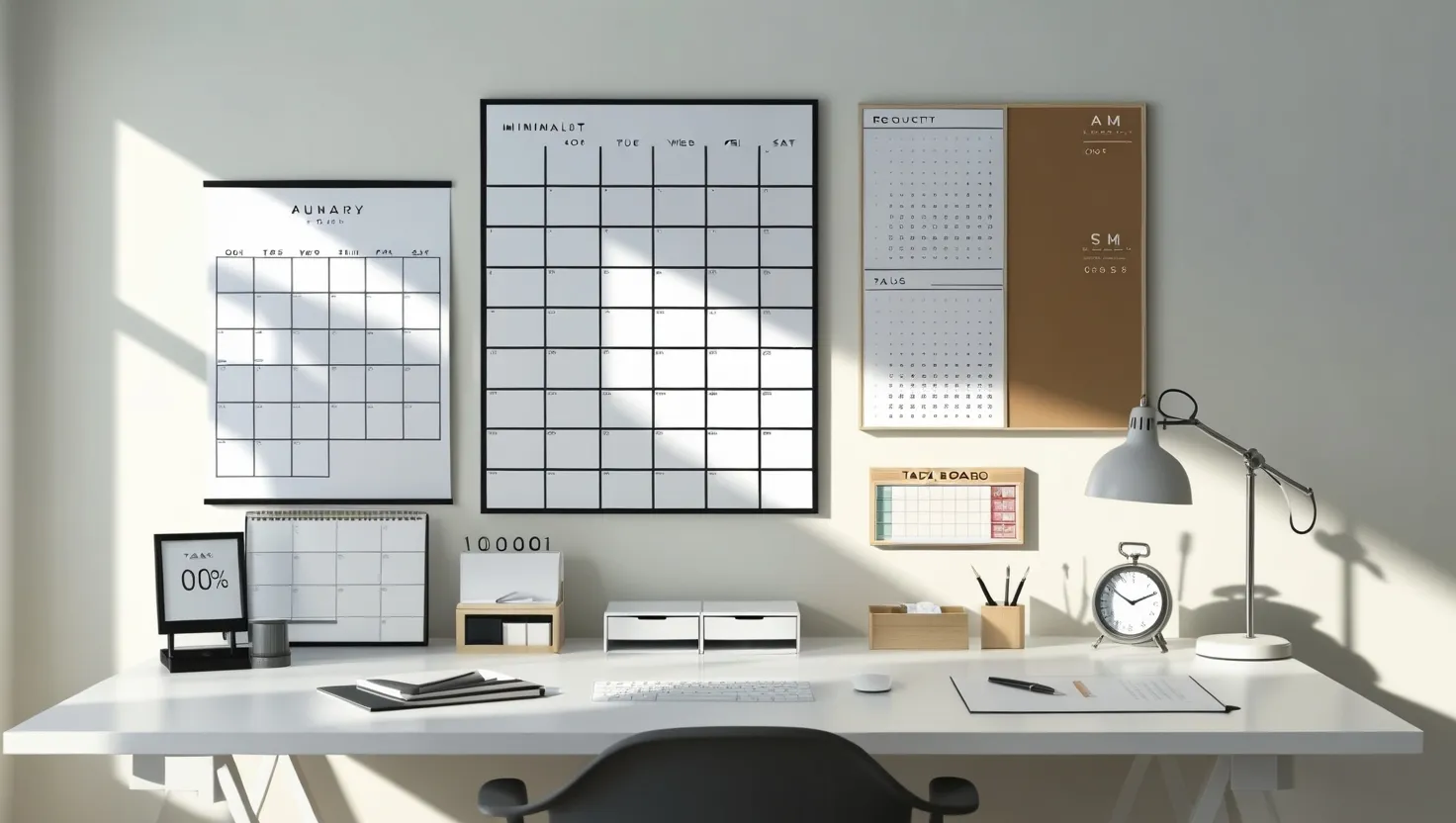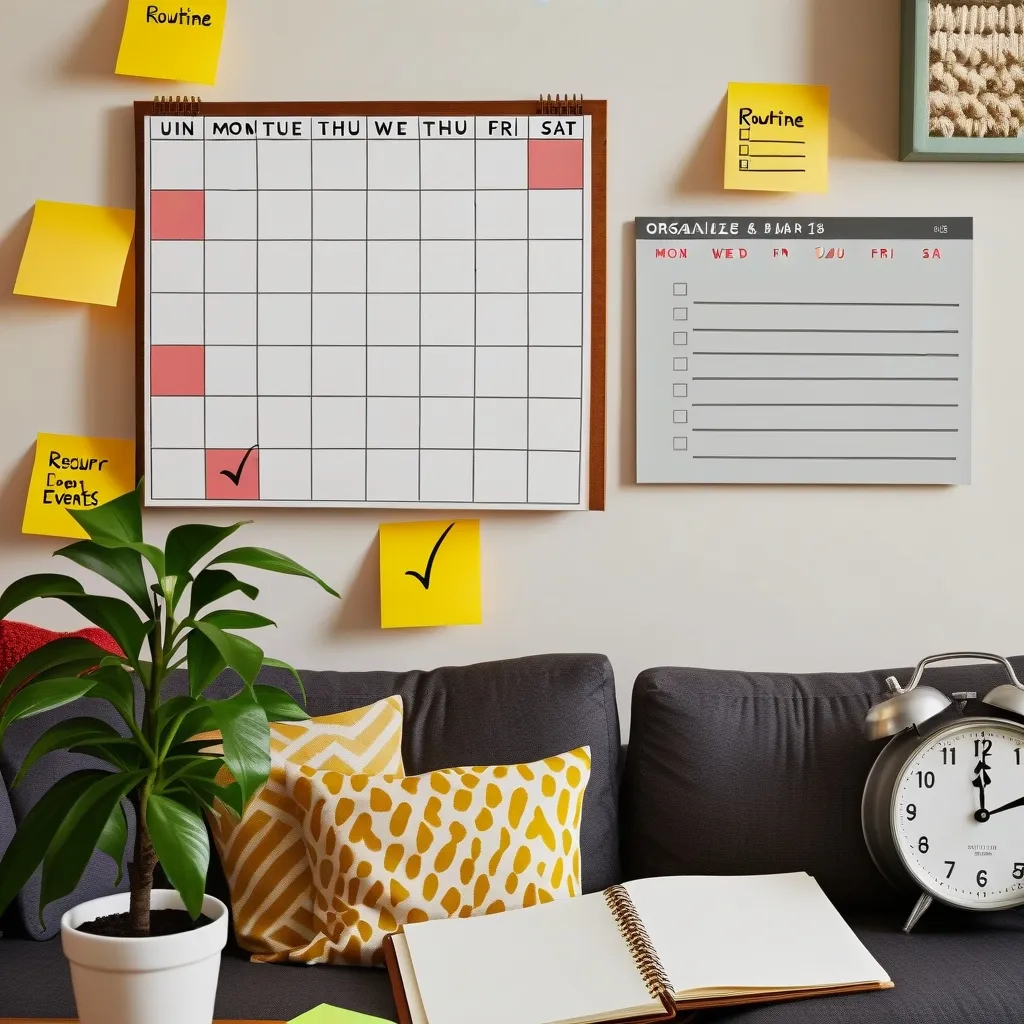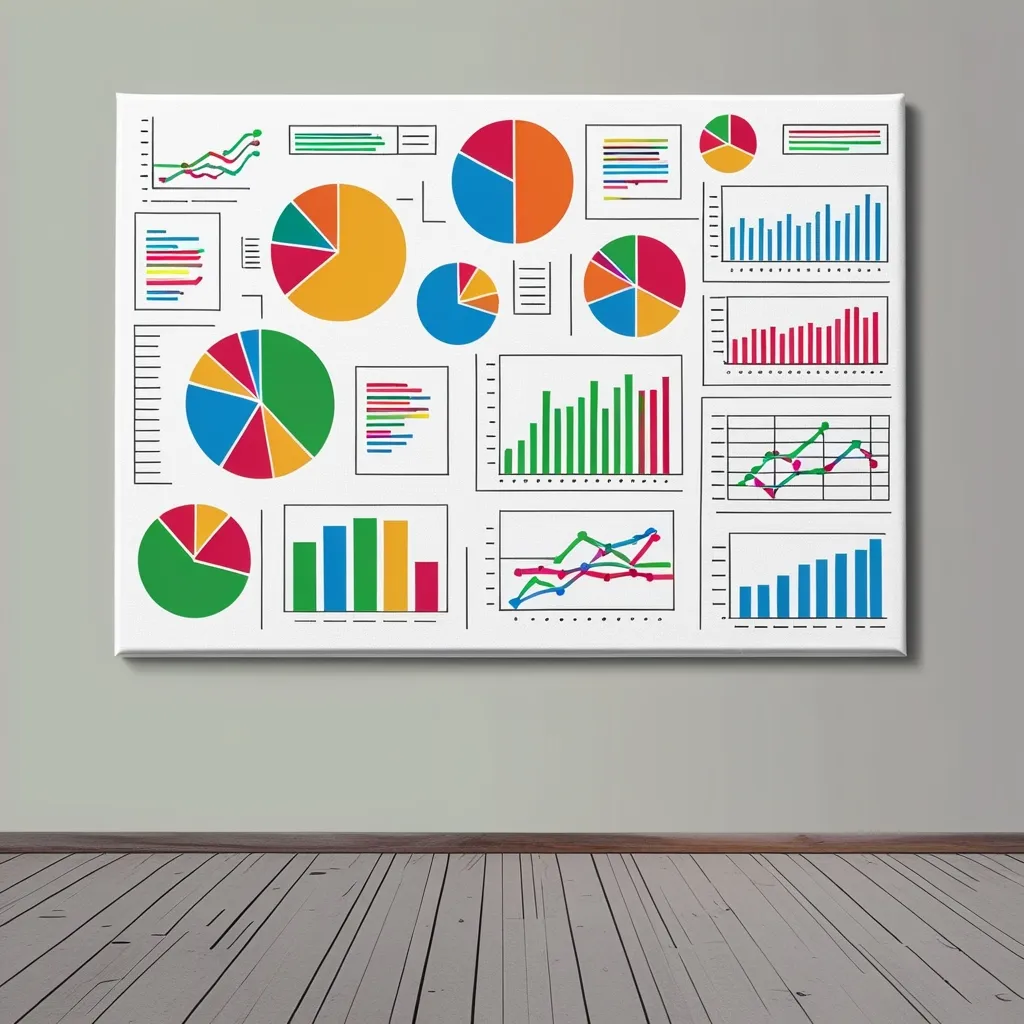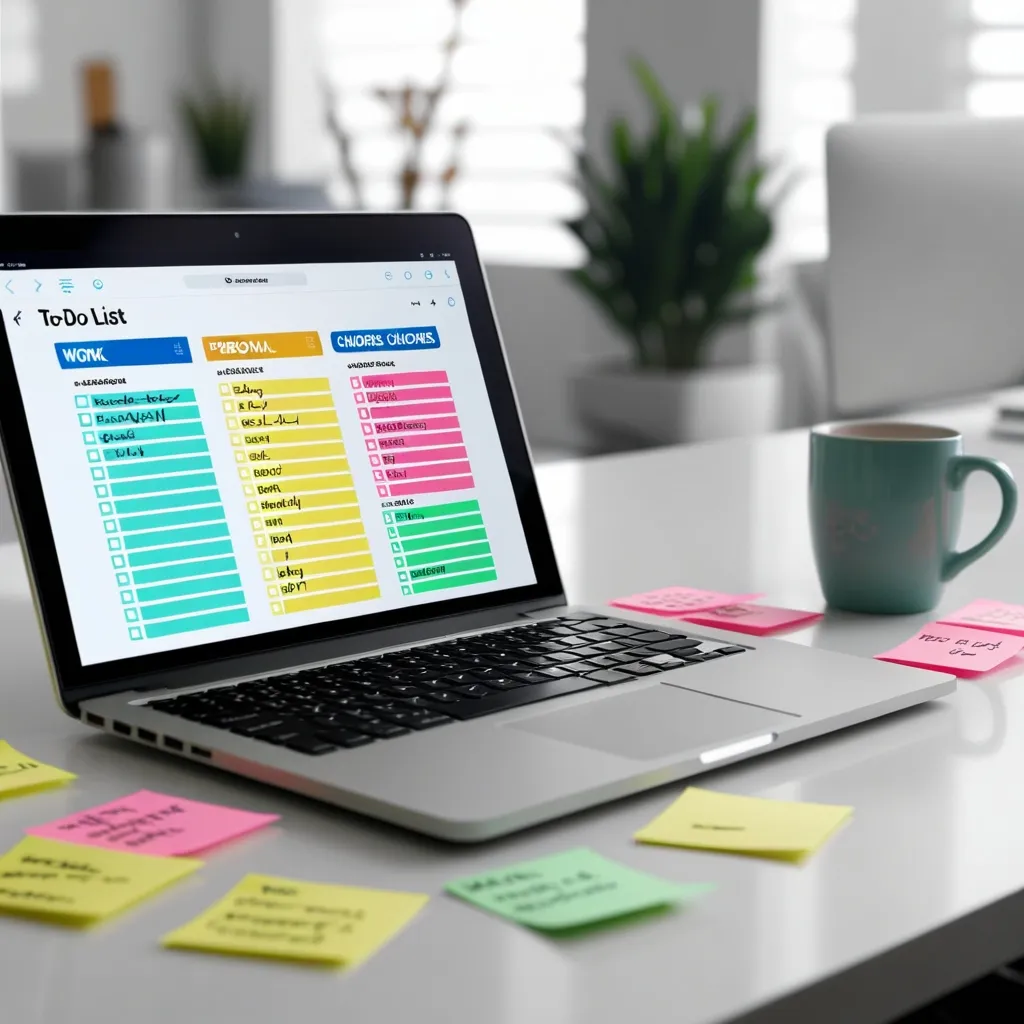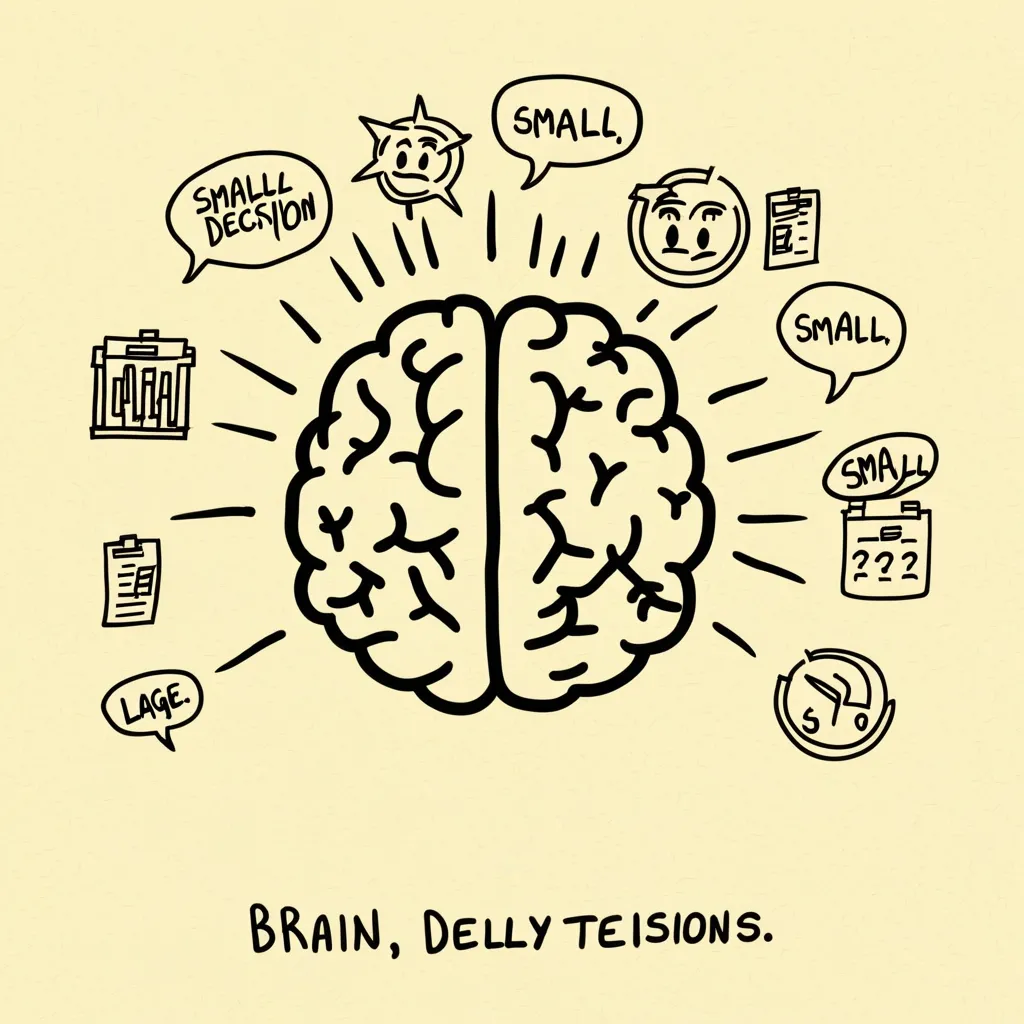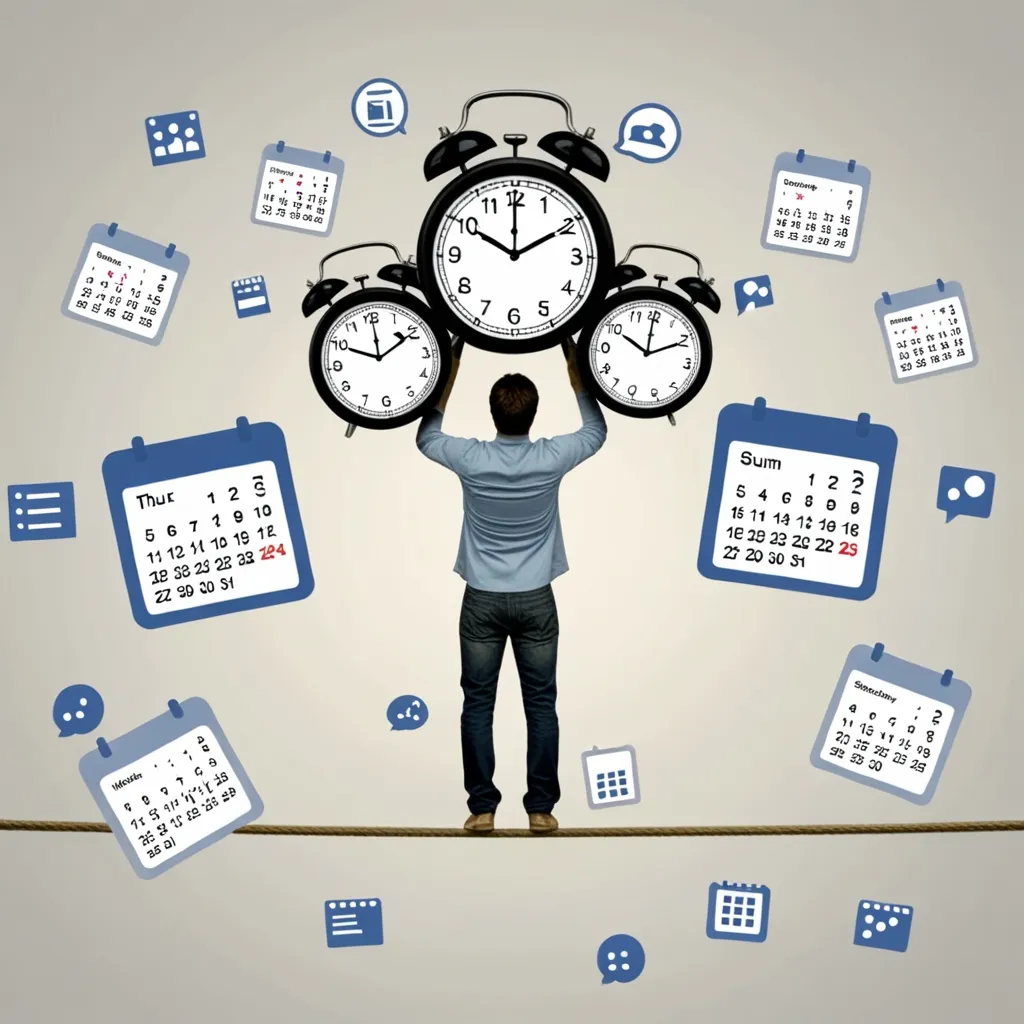I get it. Starting is the hardest part. Our brains match the inertia of a boulder—at rest, we stay at rest. The mountain of a project never looks bigger than in the minutes before you take the first step. We’ve all been there, holding a mug, staring at the blinking cursor, inventing urgent laundry, hesitating on the verge of genuine work.
But what if I told you that it’s not motivation or willpower you need, but a clever set of triggers—small switches that turn the resistance dial down so low, you barely notice when the work has begun? These triggers don’t just make it easier to start; they sometimes make it impossible not to.
Let’s start simple. I’m not here to prescribe vague “just focus” pep talks. Instead, imagine this: I promise myself I’ll do just five minutes—no more. I set a timer, I start, and somewhere around minute three, I always realize the task isn’t as big as my mind made it out to be. This is the famous “Five-Minute Launch,” and it works because our brains are wired to reduce anxiety once action starts. Deliberation, overthinking, and anticipation all make the task grow; direct action shrinks it. Even if you stop after five minutes, you’ve still gotten farther than if you’d kept waiting for the perfect starting mood. Most times, five minutes snowball into more.
“Start where you are. Use what you have. Do what you can.” – Arthur Ashe
Ever noticed how you only ever brush your teeth in the bathroom, and that you can’t sleep at your work desk? Our brains love pairing locations with activities. I use this quirky tendency—call it “Location Pairing”—to assign certain places in my home or office to specific tasks. Reports get written only at my standing desk. Phone calls happen as I pace the hall. Invoices? Only at the kitchen counter. Over time, these spaces stop being just spaces; they become signals for certain modes of activity. The transition is nearly automatic. Ever try working in bed? Sleep calls you back. The trick is to use that psychological association for good: create “work zones” and “rest zones,” and let the environment do half the motivational work.
But there’s another angle—one that’s both ancient and surprisingly effective. Think back to the way certain scents bring back vivid memories. Research tells us that our sensory inputs—smells, sounds, tactile sensations—are among the most powerful triggers in existence. This is why I keep a small bottle of citrus oil near my workspace, a playlist cued for focus, and a textured stone I rub between my fingers before a deep work sprint. This is “Sensory Starter”—using a distinct sensory input to mark the transition into work mode. After repeated pairings, your brain learns to follow the cue: scent means work, sound means focus, touch means it’s time to go.
“Motivation is what gets you started. Habit is what keeps you going.” – Jim Ryun
What if you’re the type who negotiates with yourself endlessly when it’s time to begin? Maybe you find yourself making a thousand micro-decisions: “Five more minutes, then I’ll start.” In that case, I use what I call a “Pre-Commitment Device.” I tell someone exactly what I’m about to do and when. Even better, I sometimes use a bot or app where I record my start time, or pledge to send money to a cause I don’t support if I miss my window. This isn’t about willpower; it’s about externalizing pressure. Suddenly, it’s not just you and your excuses. The world knows—or at least someone does—and that makes starting far less negotiable.
Of course, starting can also be ritualized. Rituals might sound a bit mystical, but in reality, they’re simply consistent physical sequences that your brain learns to associate with meaningful action. For me, my ritual has three steps: first, I lay out all the materials I’ll need. Second, I take three deliberately slow breaths. Third, I say the first micro-action out loud. Maybe that’s “Open laptop, launch spreadsheet.” It’s silly—until you try it. Rituals, repeated, become like a personalized launch protocol. They signal the seriousness of your intent to your subconscious.
It’s worth pausing to ask: Which of these triggers will fit your rhythm? Do you respond better to environmental cues, social accountability, sensory signals, or a structured routine? The only way to find out is to track what happens. I keep a simple log—nothing fancy—just ticking off which trigger I used and whether it worked. Patterns emerge. Sometimes the five-minute trick gets me through afternoons, but location pairing is what I need on sleepy mornings.
You might be wondering if these tricks are just elaborate ways of tricking yourself. But isn’t that exactly what habits are for? If you can consistently make the hardest part of work—the starting—feel easy or even inevitable, everything that follows is smoother.
One of my favorite questions to ask myself at the end of a tough week: Did I spend more time pondering the start than actually working? So often, my answer is yes. The “getting ready to start” phase expands to fill all available space, like a gas in a container. The best triggers shrink that phase, compressing the friction to a single moment.
“Do the hard jobs first. The easy jobs will take care of themselves.” – Dale Carnegie
There’s more psychology at play here than just breaking resistance. For example, the act of making a decision—any decision—starts a cascade of further decisions. I’ve learned that the first choice, however tiny, primes my mind for more. The reason the “Five-Minute Launch” is so effective is not the duration, but the fact that it calls for a decision, and then action, however small. It creates a mental foothold.
Have you ever noticed how Olympic sprinters all have a pre-race routine? They’re not just passing time—they’re signaling to their bodies and minds that the only thing left is action. You can do the same, even with tasks that don’t look like races.
There are nuances, too. The triggers I use for creative tasks—writing, designing—are not always the same as the ones I use for analytical work. Creative work benefits from sensory starters: a change in lighting, a smell, an inspiring song. Analytical work is often helped by location and ritual. It’s worth experimenting to find your mix.
You might ask, if these triggers work so well, why don’t we all use them by default? The simple answer: most of us are never taught to build reliable starting rituals. We focus on time management, on discipline, on optimizing every minute after work has begun—but rarely do we build the habits that make beginning easy.
The beauty here is that the triggers are stackable. I often combine “Five-Minute Launch” with a sensory starter—set a timer, put on my focus playlist, and just go. Or I combine location pairing with pre-commitment—I tell a friend I’m going to spend 20 minutes at the upstairs desk, phone off, until the draft is done. The triggers reinforce each other, making starting not just easier, but at times automatic.
There’s also a hidden power in ritualized transitions. Our days are packed with moments of inattention, where our minds drift or stall. A personal ritual acts like a psychological doorway: you step through, and the previous inertia stays behind. Over time, the brain learns not just the ritual, but the result that follows. This is how the best writers, athletes, and thinkers preserve their creative energy; they use these micro-transitions to prevent friction from ever building up.
“Don’t wait. The time will never be just right.” – Napoleon Hill
So, what’s the next step for you? I suggest picking a single trigger and committing to it for a week. Track how often you start right away versus how often you delay. Then, experiment with stacking: location plus ritual, or pre-commitment plus a sensory cue. Make it playful—treat the process as a series of small experiments.
Ask yourself: What triggers have you already used, perhaps without realizing? Are there small rituals or locations that make you more productive? Could they be formalized, made more consistent, and thus more powerful?
The truth is, starting resistance isn’t a personal failing. It’s the default state. But with a few clever cues, you can make each start so frictionless that the hardest part of work becomes the easiest. Will you try one today? What’s stopping you from taking just five minutes—right now?

